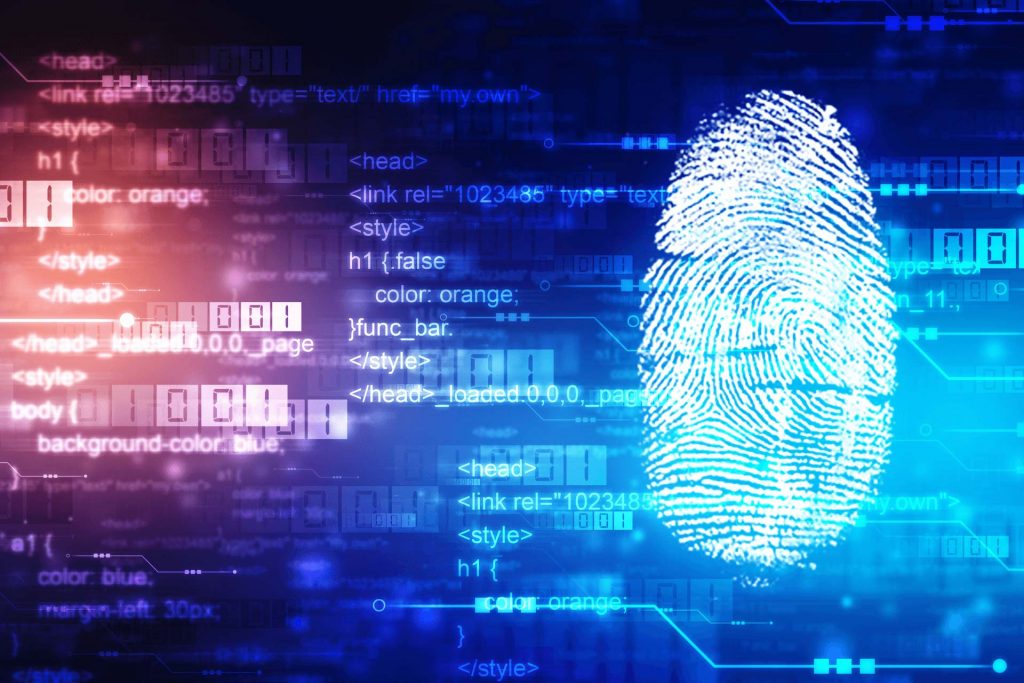Only the significant profile cases get to us when we listen to the news about human trafficking cases. It is a common misperception that most cases involving this nefarious type of crime are on a global scale. Still, the reality is that most human traffickers operate at a community level in small cells that spread around a particular city. Many crimes are committed within the victim’s town, often at the hands of known people like family members, relatives, or friends. It is known that trafficked victims are usually, and in most cases, used for forced labor. According to the Trafficking in America Task Force, “forced labor in the private economy generates US$ 150 billion in illegal profits per year.”
The Case for Digital Intelligence (DI)
As local law enforcement departments battle and dedicate vast resources to fight these crimes, it remains a considerable challenge. Although the US has one of the lowest reported cases worldwide, communities are, for example, still witnessing minors being groomed, via their digital devices, to run away from home to be sold into the trafficking world in less than 24 hours.
That’s when tech-savvy departments use a tremendous strategic resource: Digital Intelligence. As social media collects vast amounts of data from individuals, the DI tools can help obtain, store and analyze private and public information for its forensic use when identifying these types of cases.

For law enforcement agencies using this resource, cases can be expedited as data sources such as computers, smartphones, and cloud storage are accessed quicker, giving the officers in charge faster access to crucial information. As digital is one of the main areas of operations, the best evidence against the perpetrators is often digital via text messages, images, and many online interactions that can be captured with digital intelligence.
AI + DI
Artificial Intelligence is another big player when it comes to fighting these crimes. For example, the Traffic Jam software, created by Carnegie Mellon University graduate Emily Kennedy, combines Amazon Web service facial recognition to help link a missing person’s case photo to their profile on social media or a sex services ad placed on dedicated websites. This tool has helped rescue hundreds of victims of human trafficking in the US and Canada.
Another example is Spotlight from Thorn, focusing mainly on child exploitation cases. According to the National Center for Missing and Exploited Children, approximately 17 million files per year are received involving child exploitation and child pornography. To help in the battle against this unbelievable amount of cases, Thorn analyses data extracted from sex ads and escort websites to identify child trafficking victims, including child pornography databases hidden deep within the web.
AI also helps analyze patterns and sequences in chat rooms and image-based bulletin boards to spot potential criminal networks operating incognito behind these websites and hopefully stop aggressions before they are committed.

The truth is that the struggle will become more severe in the future for law enforcement agencies as technology advances. Criminal organizations will use it to hide better and develop more sophisticated tactics to lure victims into hidden digital corners. As this reality is inevitable, data-driven technology will serve a great purpose by constantly learning and evolving to understand these new tactics better and hopefully avoid the development of more extensive and more sophisticated criminal networks.
This article was brought to you by Kustom Signals, a leading provider of law enforcement speed enforcement and video solutions.

